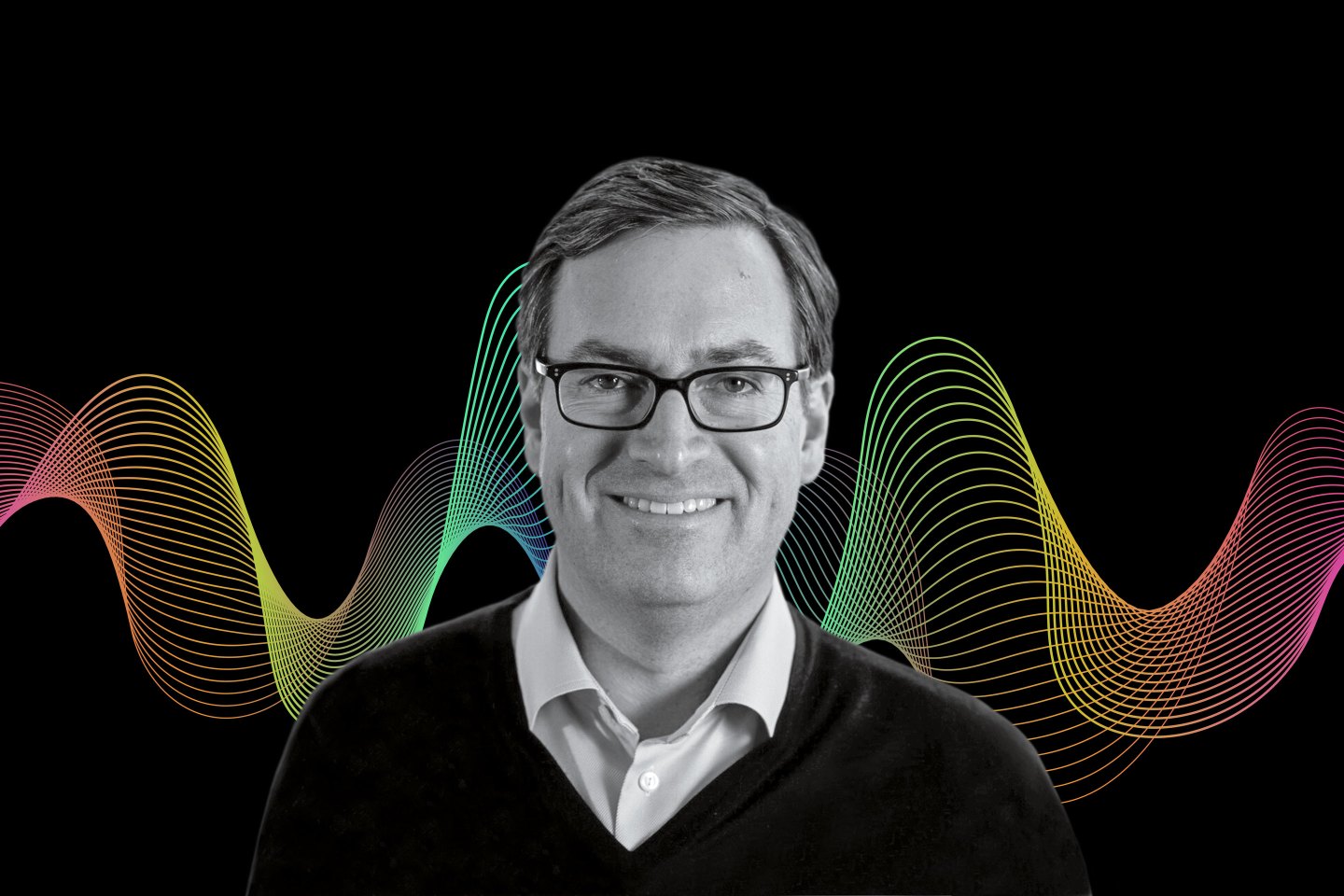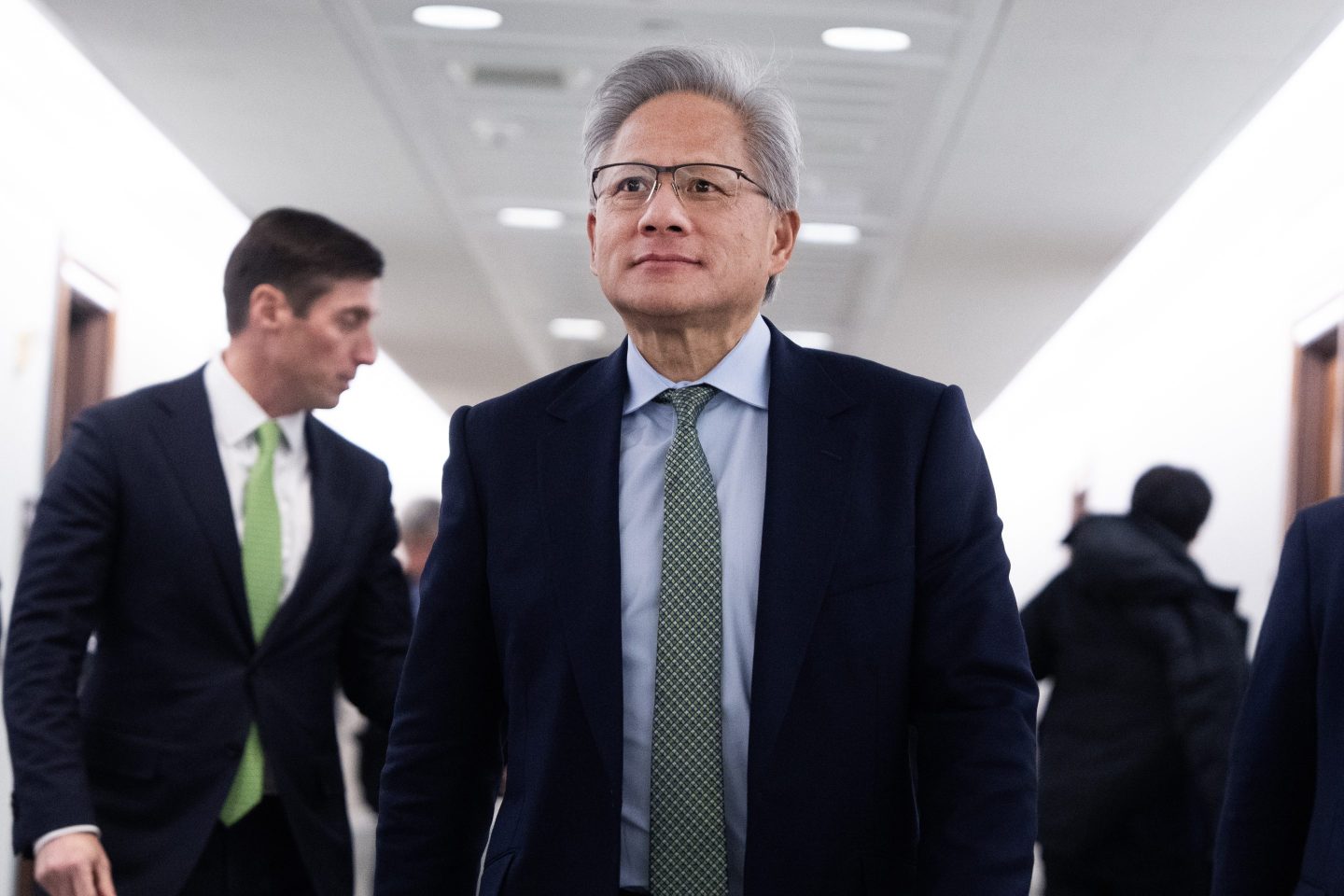Good morning.
Things change fast in the world of business. Earlier this week, we published Michal Lev-Ram’s Leadership Next interview with Flexport CEO Dave Clark, a supply-chain ninja who left Amazon after he lost the CEO bake-off to Andy Jassy. “It’s hard to believe I’ve been a year already at Flexport,” Clark told Michal, “but I’ve had a lot of fun in that amount of time.” Yesterday, the fun ended. Clark resigned, handing the reins back to founder and “executive chair” Ryan Petersen after just one year on the job.
That came just a few days after Walgreen’s CEO Roz Brewer, who was slated to speak at Fortune’s CEO Initiative in November, stepped down after just three years on the job. Neither Brewer nor the company provided much detail—and Brewer canceled her CEO Initiative appearance. But all signs point to strategic differences with the company’s former CEO and current “executive chair” Stefano Pessina.
Which raises the question: What is an “executive chair”? I’ve long been an advocate of independent board chairs as a means of providing accountability for the CEO. But if that chair is also an “executive,” then is the CEO really “chief”? And if the executive chair is a former CEO, does the new one really have freedom to pursue change?
Fortune’s Geoff Colvin did a deep dive into this issue last month, which you can read here. Some takeaways: The executive chair position is on the rise—up 50% over the last decade. Today, 64 companies in the Fortune 500 have someone in the job, including Nike, FedEx, Visa, Honeywell and Southwest. Most of them—54 of the 64, and all those just mentioned—are also past CEOs.
Given the complexity of these companies, I get the desire for an orderly transition. Six months to a year of overlap between an old and new CEO may make some sense. That’s what Mastercard’s Ajay Banga, J&J’s Alex Gorsky, and IBM’s Ginni Rometty did. But beyond that, it quickly becomes cumbersome. Colvin cites a Spencer Stuart study showing companies with executive chairs significantly underperform those without. And that should be no surprise. In today’s rapidly moving world, having clear lines of authority helps companies navigate change. Having two bosses doesn’t.
But of course, there are always exceptions. Later this month, we’ll be publishing the interview Michal and I did recently for Leadership Next with Gensler co-CEOs Diane Hoskins and Andy Cohen, who insist two heads are better than one. For them, that may be so. But I suspect Dave Clark and Roz Brewer would disagree. (You can listen to the podcast interview with Clark here.)
More news below.

Alan Murray
@alansmurray
alan.murray@fortune.com
TOP NEWS
More bad news for commercial real estate
WeWork is trying to renegotiate its office leases around the world as the company races to stave off bankruptcy. WeWork’s leases are “out of step with current market conditions,” interim CEO David Tolley said Wednesday. Landlords, already pressured by a slumping office real estate market, may prefer concessions for a large tenant like WeWork than the uncertain outcome of a bankruptcy. The Wall Street Journal
Breaking into the U.S.
The CEO behind Europe’s hottest new car brand, Volkswagen’s Cupra, has bold plans to enter the U.S. in three years time. The U.S. “makes a lot of sense,” says Wayne Griffiths, despite VW’s recent struggles in the U.S. car market. America’s more fragmented market leaves an opening for VW’s EV models. China, on the other hand, features stiff domestic competition that has toppled the German company from its peak position. Fortune
Chip bottlenecks
Supply constraints on A.I. processors will ease in about 18 months, predicts Mark Liu, chairman of leading chipmaker Taiwan Semiconductor Manufacturing Company. Liu said the chipmaker is currently able to support 80% of customer needs, and is trying to expand production capacity. TSMC is the only company that makes Nvidia’s leading-edge A.I. chips, key to training the models underlying the A.I. boom. Nikkei Asia
AROUND THE WATERCOOLER
Google’s ‘chief decision scientist’ explains why she left the company and why business leaders’ choices about A.I. are so critical by Rachyl Jones
Cathie Wood’s flagship ARK fund has rebounded this year—but only 4 of its 27 holdings are profitable by Shawn Tully
Commentary: ESG is under attack–but Gen Zers and millennials are still looking for purpose and a paycheck by Bill Novelli
Intuit cut hundreds of jobs and spent at least $20 billion in a massive bet on AI. Today the company is revealing its new virtual assistant by Geoff Colvin
Inside the Burning Man ‘mudpocalypse,’ where Silicon Valley CEOs, investors, and billionaires faced off against the powers of nature’s wrath by Alexandra Sternlicht
A UAW strike at Detroit’s Big 3 could be a ‘nightmare scenario’ for Ford and GM, top analyst Dan Ives warns by Will Daniel
Britain’s second biggest city declared itself bankrupt because it can’t afford nearly $1 billion it owes to women it underpaid in the past by Prarthana Prakash
This edition of CEO Daily was curated by Nicholas Gordon.
This is the web version of CEO Daily, a newsletter of must-read insights from Fortune CEO Alan Murray. Sign up to get it delivered free to your inbox.














